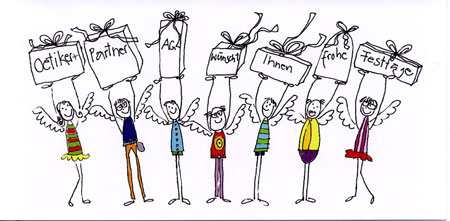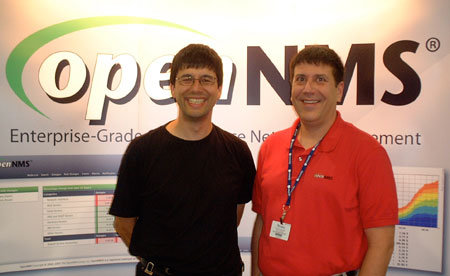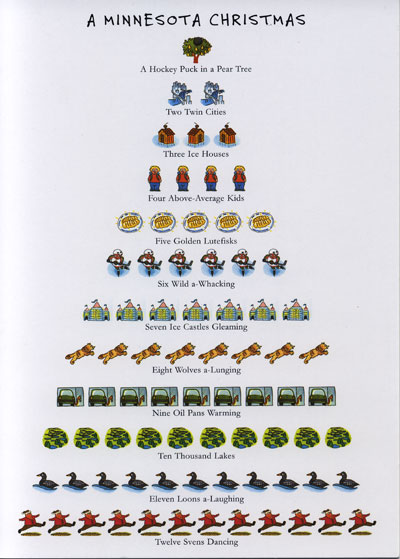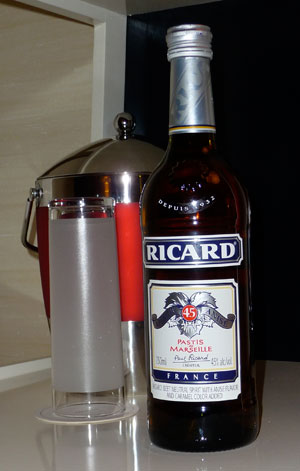Starting about the time that Bill Gates wrote his infamous Letter to Hobbyists, the commercial software industry has sought to control and restrict access to source code. Before that time, code wasn’t explicitly free, but it was often freely exchanged. The rise of the commercial software industry put an end to that.
When the modern open source software movement was formalized by Bruce Perens and Eric S. Raymond, the commercial software establishment pretty much ignored it. There was no way that useful software could be created for free. Then along came the Linux kernel, the GNU operating system and applications like the Apache web server, and suddenly open source software was not only useful, its adoption started growing phenomenally.
Since it is hard to say software isn’t useful when millions use it, the commercial software industry changed its tactics. A campaign of Fear, Uncertainty and Doubt was started. Can you trust software made by a bunch of anonymous hippies? Who will support it? Who can you hold accountable?
In response came companies like Red Hat, who said “hey, I’ll support it, and I’ll give you better, more responsive service than you get from the commercial software guys.” Slowly, the FUD argument started to fade.
Now I’ve seen the next front on the war for open source. Commercial software companies are attacking the term itself. They are trying to say that commercial software and open source are actually the same thing, even though there is a huge difference between companies that garner most of their income from the support of software and those that earn most of their revenue from the sale of proprietary software licenses.
Words are important. One of my favorite philosophers, the late George Carlin, based much of his work on the examination of how words are used to control people. Take the invasion of Iraq by the United States. Following on the heels of the 9/11 terrorist attacks in New York, the US government sought to justify it by associating Iraq, even though not a single terrorist charged in the attacks was from Iraq and studies showed no link between Saddam Hussein and those terrorists. Yet in 2007 a Newsweek poll showed that 41% of Americans thought that Iraq was responsible, which was actually an increase of 5% from September 2004.
Now it is not the purpose of this post to start a debate about the war, but I wanted to demonstrate that if you say something enough times, even if it is false, people start to believe it. The commercial software companies know this.
For example, let me pick on Matt Asay (I could probably pick on Dave Rosenberg but I don’t read his blog). On December 22nd he ran a blog post with the paragraph:
Five years from now, I’m not even sure what it will mean to talk about “open source” and “commercial software” as if they are two separate and distinct things.
See, Matt works for an open core company that makes their money from selling commercial software licenses on top of a core piece of software that is published under an open source license [Note: see comments below – after researching it, it seems that Alfresco is not “open core” but neither is Alfresco Enterprise “open source”]. To drive value to his company he has to make the argument that while open source is good, it can’t produce value unless someone pays for it, thus there must be a commercial software component. I disagree.
He follows this up on Christmas Day with a post about an InfoWorld article on the future of open source:
Dave Rosenberg writes that 2009 will be the year when open source becomes paid software, but I think we’re already there. We’ve been there for at least two years, in fact. We just didn’t know it.
Once again the association that open source and commercial (paid) software are one and the same.
Now I have no doubt that commercial software companies will have to become more open. They’ll have to provide better and more free APIs and they will have to work hard to build communities around their products, but that doesn’t make them open source.
Finally, the next day Asay follows up with a very paternalistic post on the struggles that the data portability field is having on defining what is “open”. I say “paternalistic” because he comes across as if the whole topic is boring and beneath consideration.
See, we in open source have been through this (attribution/badgeware debate, anyone?), and we resolved it by throwing up our hands in despair and moving on.
Oddly enough, that was probably the right thing to do, as the only people that really care about such things are the vendors involved. Customers don’t care
I claim that customers don’t care because they don’t understand. It’s posts like Matt’s that really blur the lines between open source and commercial software. They didn’t care about Linux when no one used Linux, but suddenly less than a decade later Linux is doing well. Now as open source moves up the stack it’s the same situation. Once true free and open source software becomes a viable alternative it will cause customers to care.
But it’s comments like this that make the process take longer. I’ve helped build a business around OpenNMS, which remains 100% open source software, and as I try to explain the value to potential customers I can no longer rely on “it’s open source” to mean what it used to mean. We still get replies like “yes, it’s open source, so how much is the enterprise version?” It’s “free food” all over again.
Now some of my detractors will say that I just make up terms to suit me, and that my understanding of “open source” is not valid. I get mine from The Open Source Definition by the Open Software Initiative. If anyone says that it is not valid, I’d love to hear the reasons why. What I love about it is that it starts off with “Open source doesn’t just mean access to the source code” (emphasis mine). The commercial/open core/hybrid/shareware folks would love for people to believe that’s all it means.
I can’t say that I blame them. I’ve seen the power of open source in action and if I ran a commercial software company it would be in the best interests of my shareholders to leverage anything I could, including even the most tenuous association with it. But likewise it is in my best interests to point out how wrong they are.
I’m not going to have any effect on those companies, and I realize this. Heck, Matt has his bully pulpit on cnet and my three readers get to visit my rants on an old Dell server with donated bandwidth. But who I really want to reach are those that might consider buying these companies. As Matt says the clients don’t care about open source so the investors shouldn’t either. They need to judge the value of a commercial software company against other commercial software companies.
And they need to keep in mind that projects like OpenNMS are growing stronger every day. While our open core competition might have prettier interfaces and more features, we’re catching up. We’re also focusing directly on the needs of our community, and not the buzz-word du jour. How much value does a piece of commercial software have when we might be able to replace it in six months? Customers might not care about truly open source software in large numbers now, but I’m willing to bet they will. I’m wondering who’s betting they won’t?



